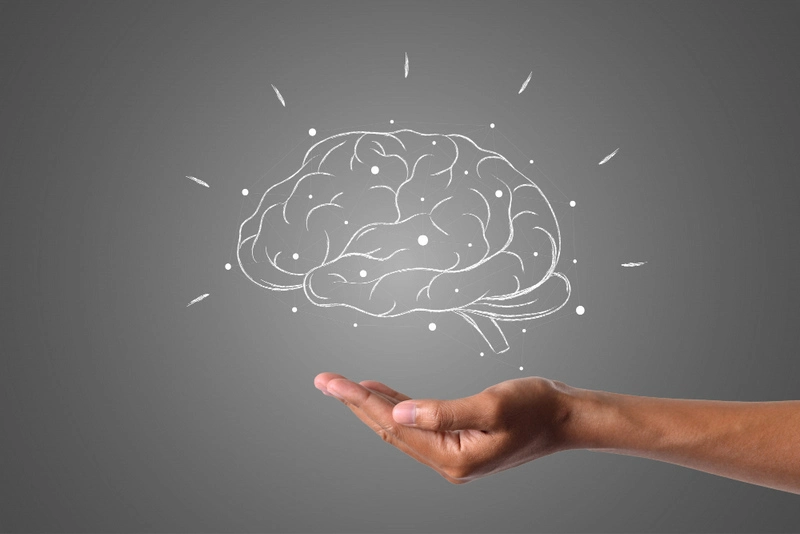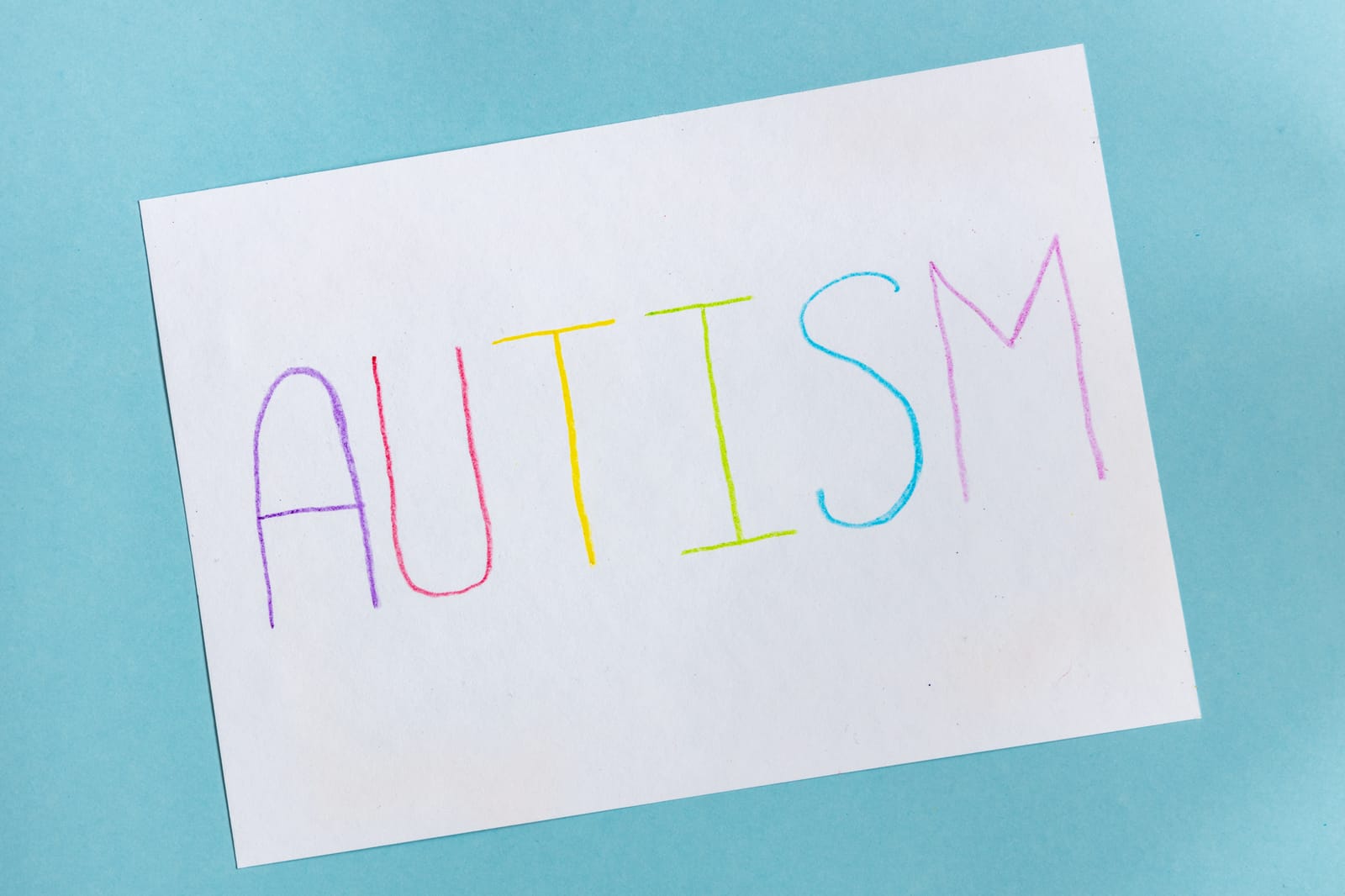This article will explore and understand how transcranial magnetic stimulation (TMS) can be used to treat Autism and what the latest research says about it.
Introduction
Autism spectrum disorder is a complex neurodevelopmental disorder that can impair social communication, sensory reactivity, and repetitive or restrictive interests, behaviors, and activities.
Finding treatment for Autism, even managing limited symptoms, is very challenging. At present, there are no specific physical treatments or pharmacological treatments available for Autism, leading many people to wonder about alternatives. TMS therapy for Autism is quickly emerging as a potential form of treatment with a lot of promise.

How TMS therapy can help treat Autism
TMS autism treatment is a simple procedure. Individuals come to the TMS treatment center, where they get placed in a comfortable chair and have electrodes placed on their heads. A professional monitors the use of high-quality equipment to actively target specific deep regions of the brain that may be contributing to autism symptoms.
This equipment sends magnetic pulses into the targeted regions without affecting other regions unnecessarily, and this can do things like increase blood flow to the area, which can help amend issues with cognitive function. It can also reduce inflammation and otherwise encourage neuroplasticity such that an area of the brain that is functioning the way it should learn how to do so over the course of several sessions.

-Areas of the brain affected by TMS
TMS can be used to target several areas of the brain. Autism symptoms can be linked to several areas, too, including the following:
- the medial prefrontal cortex,
- angular gyrus,
- dorsolateral prefrontal cortex,
- inferior frontal gyrus,
- superior parietal lobe,
- postcentral gyrus,
- precentral gyrus,
- middle temporal gyrus,
- superior temporal sulcus,
- lateral occipital cortex
- supplementary motor area/paracentral gyrus
For individuals with Autism, it is often the dorsolateral prefrontal cortex that gets targeted. However, symptoms will vary from one person to the next, as will the type of autism spectrum disorder. Both of these factors may lead to the need to target several areas of the brain.
-What is the required frequency and duration of sessions?
TMS therapy autism research does not provide a clear set of session requirements in order to achieve results because there are many individual factors to this. However, most people undergo between 20 and 40 sessions of treatment.
As it is a non-invasive procedure, individuals with Autism can participate in several sessions over the course of a given week, up to 5 days per week in many cases. These sessions are relatively short, lasting an average of 20 minutes, and given that there are mild, if any, side effects, this makes it even easier to work the treatment into a daily schedule.

-Potential side effects and problems
Potential side effects of TMS for Autism are very limited. The most common side effects of TMS include the following:
- Mild headaches after initial treatment, which tend to dissipate with increased sessions
- Discomfort at the site of the stimulation
TMS therapy autism research indicates that one of the biggest benefits of using transcranial magnetic stimulation for Autism is the reduced risk and symptoms because it is a non-invasive procedure. Moreover, this means there are fewer, if any, contraindications with other therapies, treatments, or medications, making it a viable long-term option for autism management.
-What are the benefits of TMS therapy?
- Research confirms that low-frequency TMS when applied to the dorsolateral prefrontal cortex in those with Autism, can improve executive function skills that relate to self-monitoring such that individuals can apply corrections.
- Results also show that improvements take the form of reduced sympathetic arousal and stimulus-bound behaviors.
- Several studies have confirmed that the benefits of TMS treatment for autism become more pronounced the longer an individual participates in sessions.
- The benefits of transcranial magnetic stimulation for autism can be enhanced when used alongside other treatments like neurofeedback.
Research on TMS treatment for Autism
The latest research on TMS therapy autism relationships has found that the use of TMS autism treatment at centers around the world represents a new technique that is therapeutically and diagnostically useful.
Transcranial magnetic stimulation autism research indicates that TMS is promising as a potential treatment because it provides non-invasive and rapid pathophysiological autism biomarkers. The repetitive nature of TMS can potentially reduce core autism symptoms.
Other research has found that TMS autism sessions can play a critical role in addressing the pathogenesis of Autism stabilizing cognitive and social performance by stabilizing any aberrant neuroplasticity in the brain.
Compared to other treatment
One meta-analysis reviewed 23 reports, including clinical trials and case reports, to compare TMS to other treatments. Their results confirmed that all of the reports showed a significant though moderate improvement on:
- Repetitive behaviors,
- Errors and executive functions,
- Social behavior.
Given that there are no specific forms of treatment for Autism at present, the potential of TMS therapy for Autism is very promising. Even if it provides a significant or moderate improvement in one or two symptoms, that can provide great relief to people compared to no improvement in any symptoms.
Long term management
Only five of the 23 studies reported that this change in symptoms remained for more than six months. As such, one of the key considerations when using TMS therapy for any treatment, including Autism, is that it takes time and several courses of treatment to potentially encourage long-term neuroplasticity and subsequent neurobiological changes in the brain.
Long-term studies have yet to reveal the efficacy of long-term symptom management, but at present, TMS treatment for Autism still provides short-term relief where other interventions offer none.
In addition to its potential to manage symptoms for up to 6 months, TMS autism treatment may be more effective when used in conjunction with other forms of treatment like neurofeedback. Long-term management is best reviewed by a medical professional or a case manager who can help determine what combinations of therapies and treatments can produce the desired results.
Summing Up
Overall, the main findings on TMS therapy for Autism indicate that there’s great potential, and it can be used to effectively diminish several core symptoms of Autism for up to 6 months. It’s essential that you speak with a medical professional to understand how TMS might align with your individual needs and circumstances.
